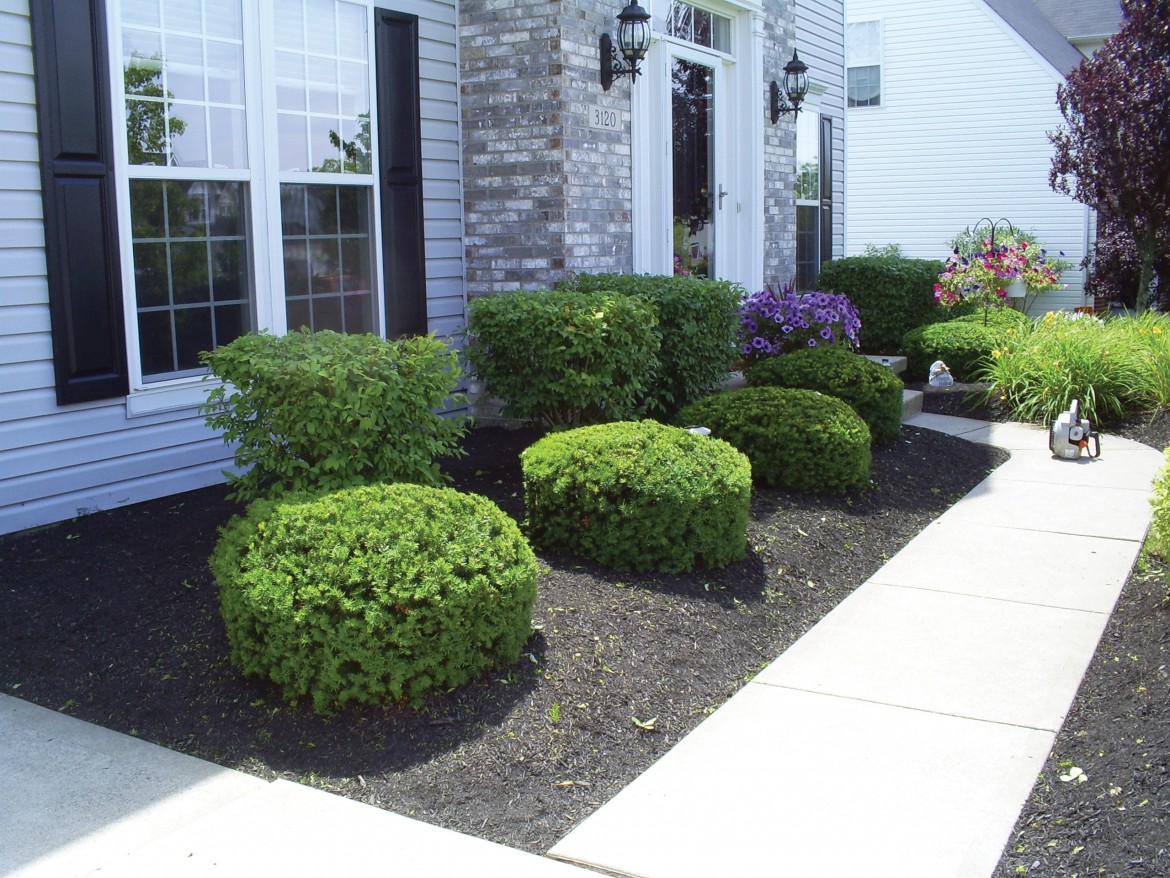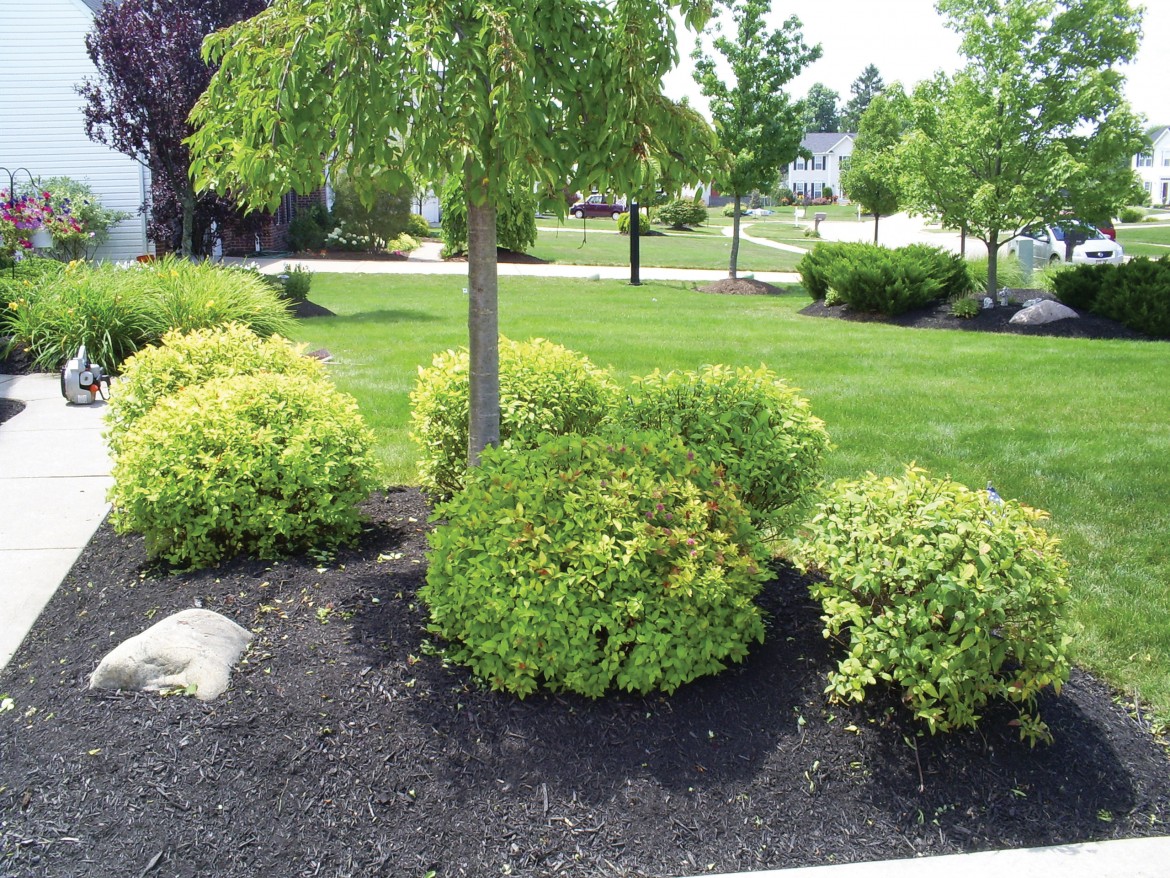Dormant pruning benefits ornamental plants and trees by removing unhealthy or excessive growth and deadwood, and by improving the natural branching characteristics of the plant.
The best time to complete Dormant Pruning it is late January through early March when the plant is inactive. Dormant pruning helps to maintain a plant’s size in a limited space, and it revitalizes older, woody plants.
A plant pruned during dormancy becomes healthier in spring as the plant’s energy is directed to its fewer remaining branches supported by the same root mass, resulting in a more prolific Keep in mind that pruning actually encourages growth. For those plants that are sheared in summer months like the common privet hedge, new growth rapidly appears at twice the growth output. This is what causes the outer portion of the plant to become so woody – and darn tough to cut back after years of shearing. Selectively removing some of the excessive woodiness will help to redirect plant growth, enabling the plant to fill in its bare areas.and healthy plant.
For most landscapes, a plant’s natural form is best. Avoid shearing shrubs into tight geometrical forms that can adversely affect flowering. Alter a plant’s natural form only if it needs to be confined or trained for a specific purpose. When plants are pruned well, it is difficult to see that they have been pruned! Another advantage of dormant pruning is that it’s easier to make pruning decisions without leaves obscuring plant branch structure.
Dormant pruning is comprised of three parts:
Corrective pruning redirects growth to achieve a desired shape and a more natural-looking plant.
Preventive pruning removes dead, diseased or damaged plant material, as well as problematic branches that may hang over walkways or grow into buildings and homes.
Rejuvenating pruning cuts back heavy growth and thins crowded older plants to encourage new growth.
Contact us and let us keep your trees and shrubs healthy!




